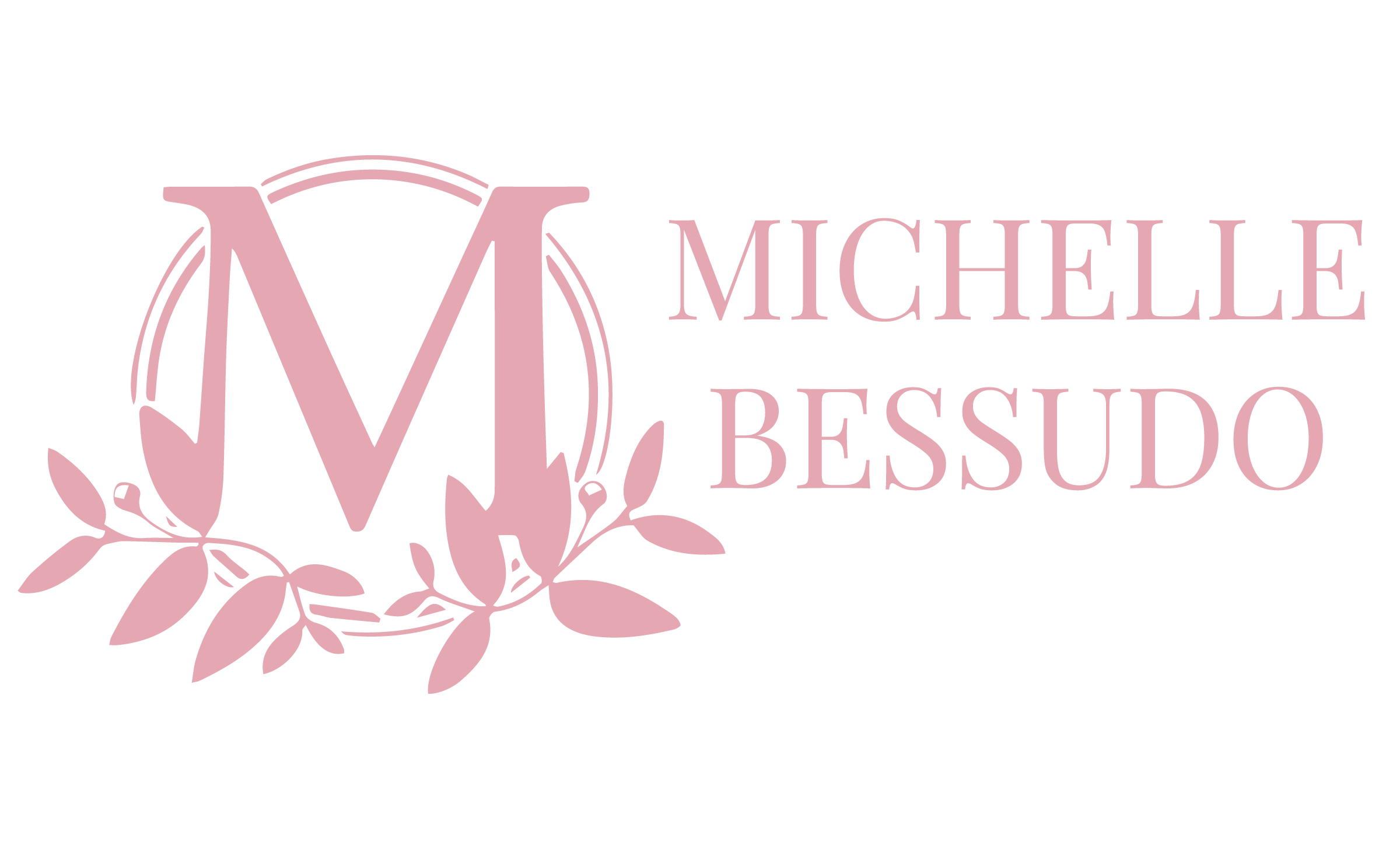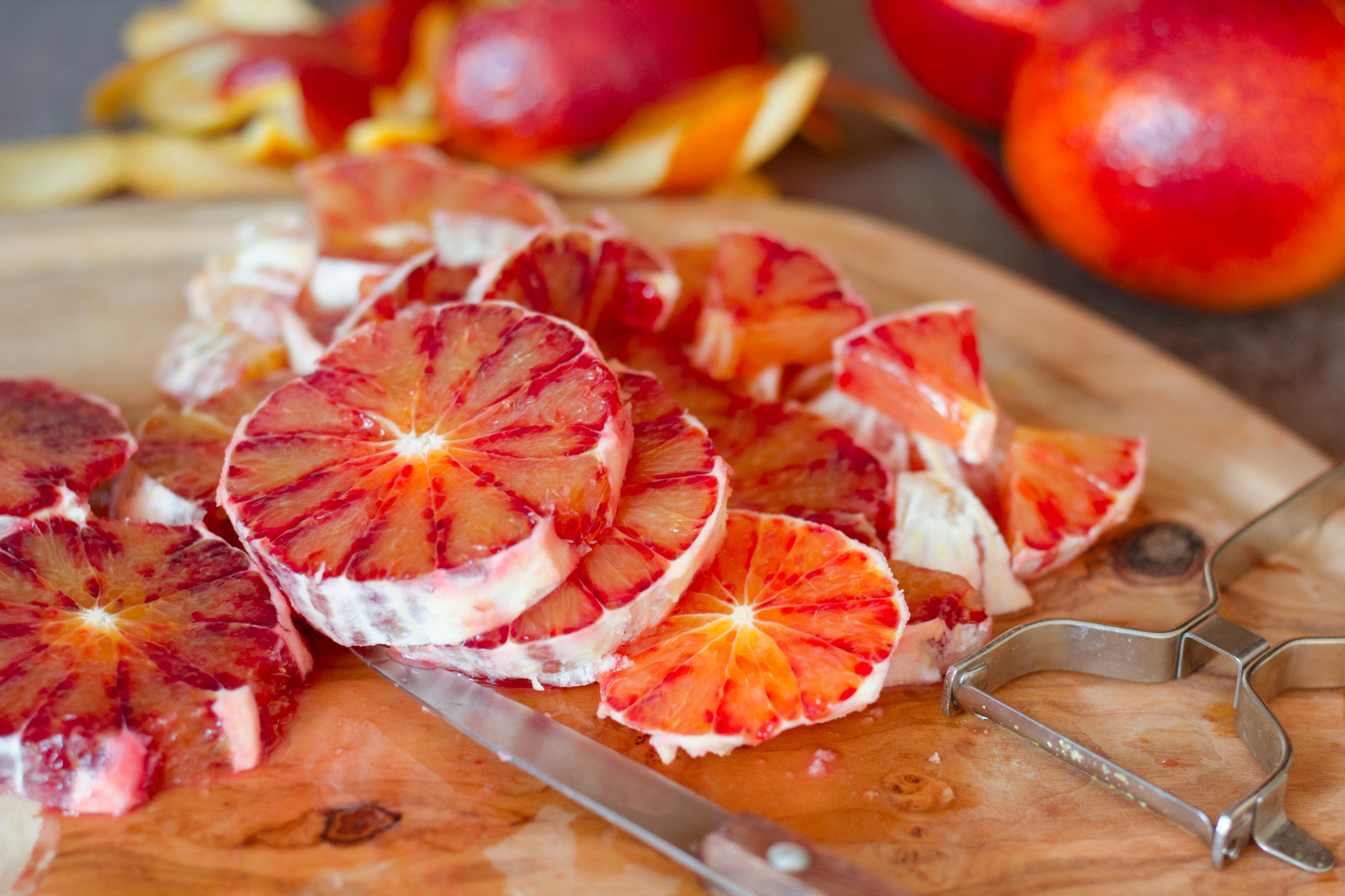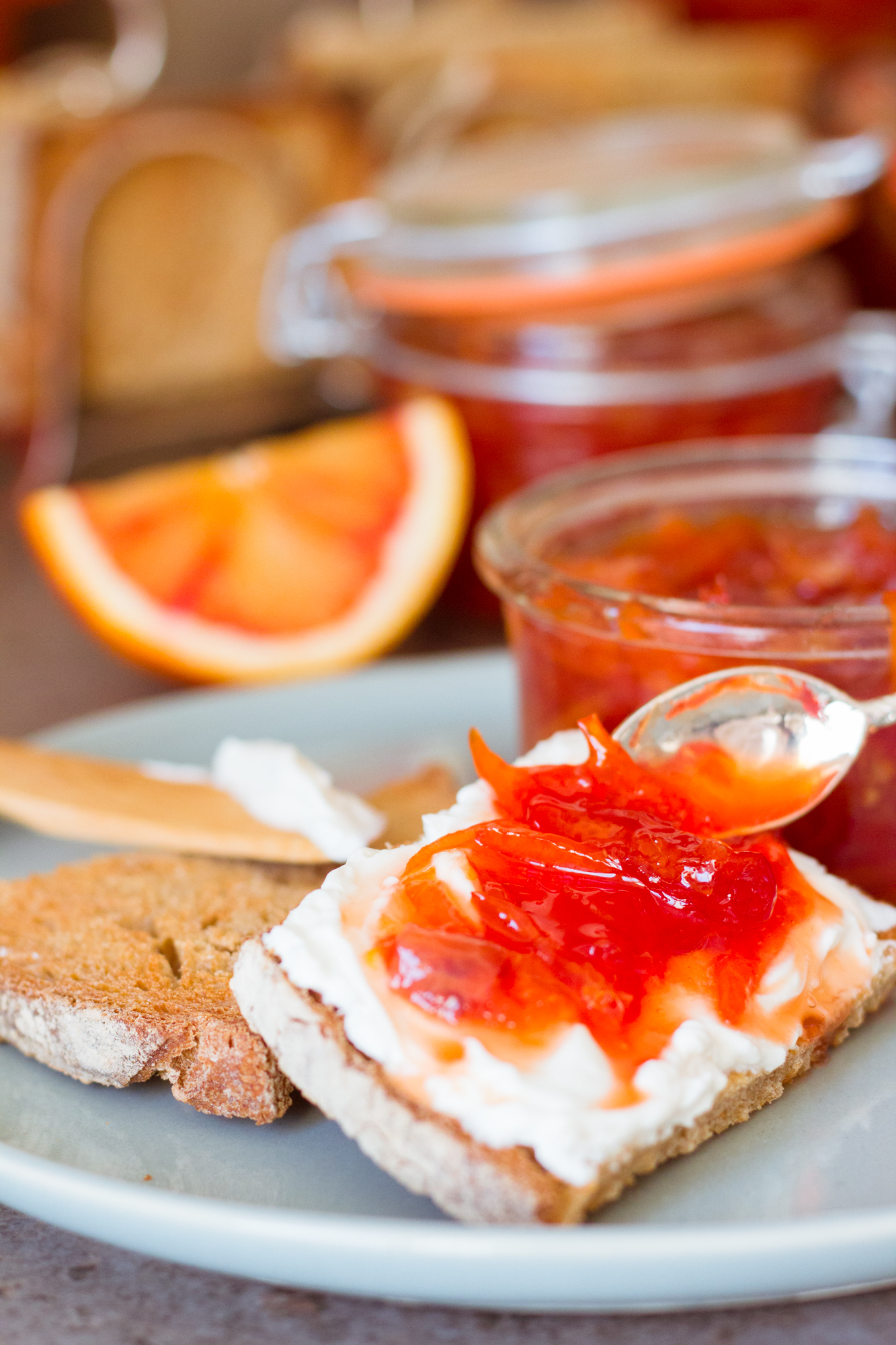Blood orange marmalade
So before we even delve into the history of marmalade I would like to point out that often enough I hear people, especially Spanish and Portuguese native speakers, make the too common mistake of confusing jam, jelly and marmalade in English. So to demystify what the difference is I will define all three and then get into the why they get jumbled up so much.
Jam is a preserve made by cooking fruit with sugar either whole (in the case of berries) or simply chopped up. Now normally the fruit sugar ratio varies from cook to cook. More often than not people tend to stick to a 1:1 ratio. I personally find this ratio a bit too sweet for my taste and always use a 2 : 1 (adding only half the weight of sugar than of fruit).
Just so you know all preserves get their gel like texture from the chemical reaction that occurs when the pectin (a natural occurring fruit gelatin present in most fruits) reacts with the acids in the fruit as well as the sugar in the mix at 105 °C (221 °F) or beyond. When properly cooked, jam that has been potted into sterilized jars will keep for well over a year.
Jelly is a preserve made by using ONLY the fruit juice and sugar, discarding the pulp in fruit. That gives jelly its colorful yet beautifully clear appearance. The process of making jelly is somewhat more complicated than jam, and since it not really the purpose of this post I will tackle jelly in future post.
Now Marmalade. It is the last kind of preserve on our list (albeit there are SO many other kinds of preserves, which I promise to talk about also in a later post). In English, marmalade is really ONLY the preserves that are made out citrus fruits, in particular orange. Marmalade by the way is actually the love child of a jam and jelly, as citrus fruits are juicer than others. It really is somewhat of a jelly with rind o both rind and pulp suspended in it.
So why the confusion?
Lets take a little trip back in time. The truth is the word comes from the greek μελίμηλον melimēlon meaning honey fruit. Both Greeks and Romans made fruit preserves by cooking fruit in honey, and unknowingly unlocked the power of pectin, which made these primitive jams set.
By the way, it is a little known fact, that were it not for both fruit preserves and pickling methods, back in the day people living in places with acute seasonal changes, would have suffered some sort of dietary imbalance, like scurvy amongst others. Few hours of sunlight AND cold weather means there is less fruit and veggies to be harvested and therefore eaten.
But, back to my little historical tidbit on marmalade. We know that both Romans and Greeks alike made a jam-like preserve by cooking fruit in honey, and that out of these preserves the most valued was the quince melimelon. Quince has an incredibly high pectin level, so when cooked long enough in a sugar syrup ends, up having a gummy-like consistency. I like to think of it as the gummy bear of the ancient world.
A version of Roman melimelon is still made in what used to be the most Romanized provinces of the Roman Empire; the Iberian peninsula. Quince paste is called membrillo in Spain and mermelada in Portugal, the latter being the culprit of marmalade being called marmalade.
By the way and just as a little side note, as quinces were not available in the Spanish colonies in South America, creative cooks noticed that guava cooked in sugar would render a very similar sweet to membrillo. And so, the Colombian Bocadillo was born. Which in my humble opinion is infinitely more delicious than membrillo.
Now, when Portuguese mermelada finally made its way into the British Isles, whose inhabitants were avid consumers of exotic delicacies from both Portugal and Spain, like Port wine, Sherry, and Seville Oranges amongst others. Once there, copycat versions of the sweet started to pop up, including but not limited too, Dundee natural, Janet Keiller’s version.
According to the Scotts, it was renowned merchant Keiller’s wife, Janet, who came up with the idea of making marmalade when she found out her husband bought a whole cargo of Seville oranges that were past their prime. This tale is very dear to any kilt wearing, whiskey drinking, bag pipe enthusiast, and haggis eating Scotsman.
Another version attributes marmalade to Mary queen of Scotts, who while in exile in France, was prescribed the sweet by her physician to combat her migraines. This version claims that marmalade comes from the French phrase "Marie est malade", in other words, Mary is ill.
I know that even suggesting that neither of these tales has any historical evidence to back it up would get me kicked out of any pub in in Edinburgh. But seeing as how the word marmalade exists in the English language since the late 1400’s, I presume that both Mrs Keiller and Mary queen of Scotts probably even had a family heirloom recipe handed down to them.
I decided to give my tried and true marmalade recipe a bit of a makeover, just to spice it up a bit. I decided to go for blood oranges just because I had bought a bunch of them and because the color is so pretty, but they could be subbed for any kind of orange really. Truth be told you could even swap oranges for any other kind of citrus. As long as you respect both the sugar to fruit ratio and cooking time you could go as creative as you want with your choice of citrus fruit.
Now if you love orange marmalade as much as Paddington and I do, be sure to save this recipe, because it is THAT good. I promise you will want to make it every time you see an orange, and drool over the prospect of a piece of warm toast slathered with mascarpone, or clotted cream, and marmalade. Yeah, that is how I like orange marmalade the most, sue me. I just find that the extra creaminess just enhances the wonderful tangy bitter-sweetness.
So without further a do, my wonderful blood orange marmalade.
Blood Orange marmalade Recipe
Ingredients:
* Bear in mind that since it does have a bit less sugar than usual you do have to really stick with the cooking time.
- 6 large blood oranges
- 800 g (4 cups) sugar
- 500 ml (2 cups) water
- 1 tsp vanilla extract or better yet one vanilla pod opened a seeds scraped and reserved.
Instructions
- Peel oranges with a potato peeler, or knife. However if using the latter you do have to make sure you remove as much as the white pith from the peel as possible, or else you might end with a slightly too bitter marmalade.
- Finely dice the orange peels
- Remove the white pith from the oranges and chop them coarsely, removing any pips you may encounter along the way
- Cook the peels with the water on medium heat until they soften sightly. Then add all the other ingredients and cook over medium heat for about an hour. If you were using a vanilla pod, remove it from jam and discard it.
Preserving your jam
This part is VERY important and you don’t want to cut any corners or jeopardize the sterilization process. It is especially crucial if you want to either store a jar or two of marmalade in your pantry for over a year or give a jar away to someone, as you never know how quick they will enjoy it. This goes for ANY kind of preserve that you plan to make.
Place your jars in a pot that is large enough to be filled with water that will cover the jars and lids completely. Bring you water to a boil and make sure it continues to boil furiously over high heat for at least 4 minutes.
Remove your jars from the hot water with a prong making sure you DO NOT touch the inside of either the jar or the lid. Place them upside down on a clean cloth or paper towel and allow to cool down enough for you to hold them.
Spoon your marmalade into you jars very carefully. Be sure to avoid touching the inside of the jars (yes I know I repeat myself, but it is important that you follow this rule to avoid ANY contamination). Secure the lid on every jar and place into your pot again filled with enough water to cover the jars. Bring to a boil for another 5 - 10 minutes.
Now your marmalade will keep for over a year.
I have had homemade marmalade that was over 3 years old. However I advice you try to have it in a one year frame. That being said, this marmalade is so good, I highly doubt that it will last that long.







